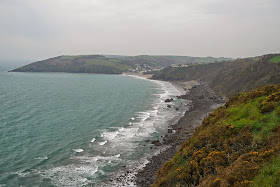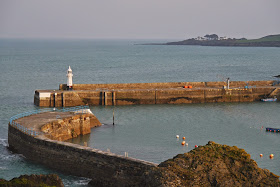Chateau de Foucaud
We have just arrived in Gaillac to visit our friends Dave and Chris and off we go on a short tour of the town. We start at the Parc de Foucard, where the 16th century chateau now houses the Musée des Beaux Arts.
At the rear there is a formal garden with this beautiful pavilion in one corner. It was intending for pursuits such as reading, symbolised by the sculptures on the roof.
From here we walk close to the river Tarn towards the remains of the old town walls and the former Abbey of St Michel. It dates from the 10th century, but was rebuilt in 1271 and again between 1572 and 1620 after being damaged in the wars if religion.
We then turned away from the river to pass by the east end of the abbey church and round to the wine tasting centre where we bought some Gaillac wine called Astrolabe. Extensive tasting later confirmed that it was excellent.
From here we went to the arcaded Place du Griffoul and enjoyed the brick and timber houses and the renaissance-style covered market.
Just behind the Place lies the wonderful Hôtel de Pierre de Brens: the town house of the Pierre de Brens family from the 13th to the 16th century. It is a substantial brick-built windows with mullioned windows, projecting towers and brick corbels.
A few steps further and you are in the large Place de la Libération, a large, recently refurbished space, which turned out to have an excellent patisserie which I could not resist trying (a religieuse, in case you are wondering). This square leads in turn to the Place d'Hautpoul, dominated by the neo-classical Hôtel de Ville.
We headed back through the La Portanelle quarter, where we were very struck by this row of recently renovated houses.
And by these nearby with the first floor jettied out into the street.
Conditions: cloudy, mild, some sun.
Distance: a couple of miles.
Rating: four stars. A charming quiet town, off the beaten track. As restoration continues it will surely become ever more attractive.


















































